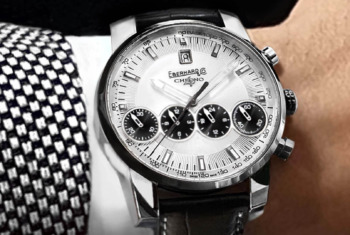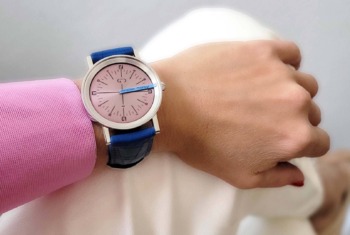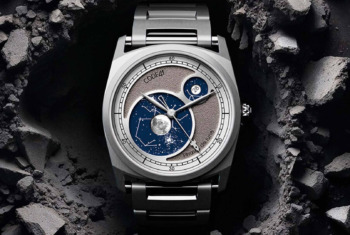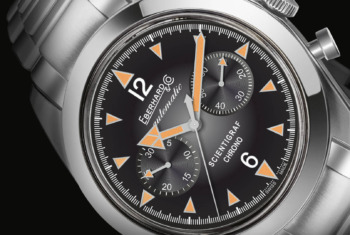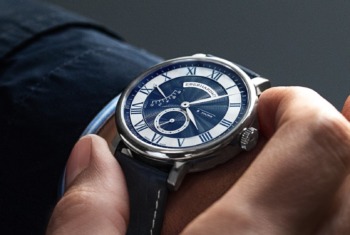Hamilton PSR Re-Edition: the digital frontier fifty years on



When Hamilton introduced the Pulsar P1 in 1970, the world was arguably at the height of its enthusiasm for technology. We had put a man on the moon only a year earlier, the “quartz crisis” – which was supposed to bring the manufacturers of mechanical watches to the edge of the abyss at the hands of modern technology – was just picking up speed, and in capitalist countries in particular there was a growing conviction that theirs was the right system. The fact that the first wristwatch with a digital display was presented at this time (a quartz watch, of course – one of the first after Seiko’s analog Astron from the previous year) was a perfect fit. The gold case was also an expression of the confidence of those times, and the price of US $2100 – the equivalent of 10 Rolex Submariners or a decent family car – was an announcement in itself.
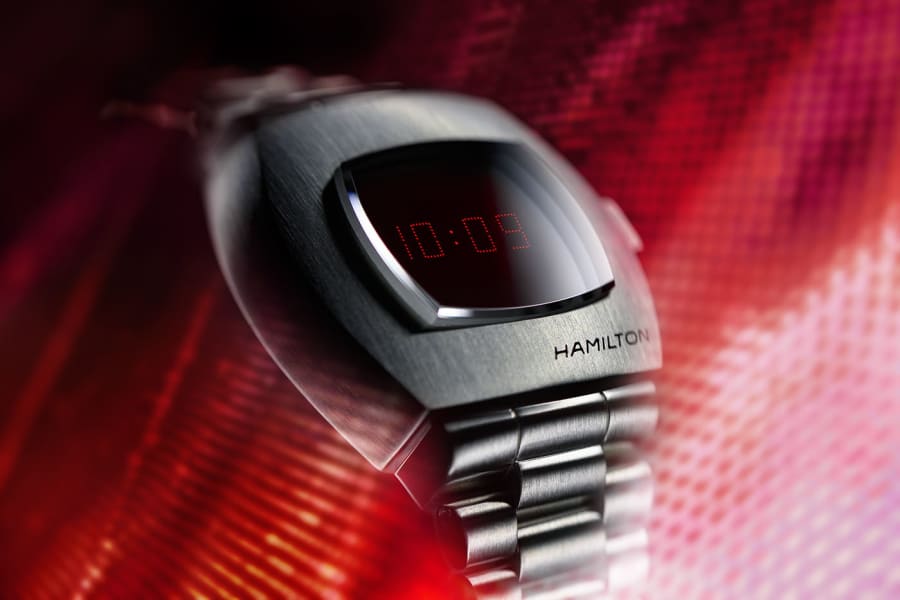

It was immediately apparent with this watch that we were experiencing something completely new. The time on the LED display could only be seen for a few seconds after pressing the button, this being the only way to curb the insatiable thirst for power exhibited by this unprecedented wristwatch. The time was set using the supplied magnet, which you needed to hold against the case. Despite these peculiarities, the watch exuded an incredible coolness, and could be seen on the wrist of US President Gerald Ford and Roger Moore as James Bond in 1973`s Live and Let Die.
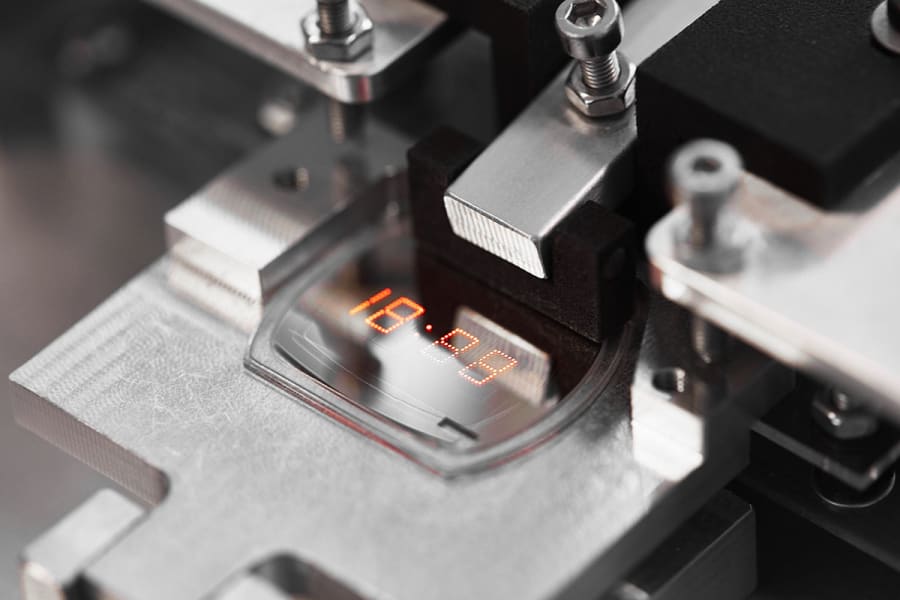
The Re-Edition, of course, has outgrown all of these teething pains. Hamilton has had a new display specially developed for this watch, which offers a combination of a reflective standard LC display and a self-illuminating OLED layer (the same technology used in higher-quality smartphones). The former guarantees continuous readability during the day, while the latter can be activated at the push of a button for an authentic look. Thanks to a modern quartz movement and the very frugal OLED technology, you can now realize a battery life of 5 years here –a figure that the original could only dream of. The anti-reflective sapphire crystal, the size of 40 x 35 mm and the 100 meters water-resistance are additional nods to the present era. Really, the only downside might be that Seiko acquired the trademark rights to Pulsar in 1978, and as a result the Re-Edition cannot use the original brand name. It instead now displays “Hamilton,” which, issues of authenticity notwithstanding, looks rather nice.
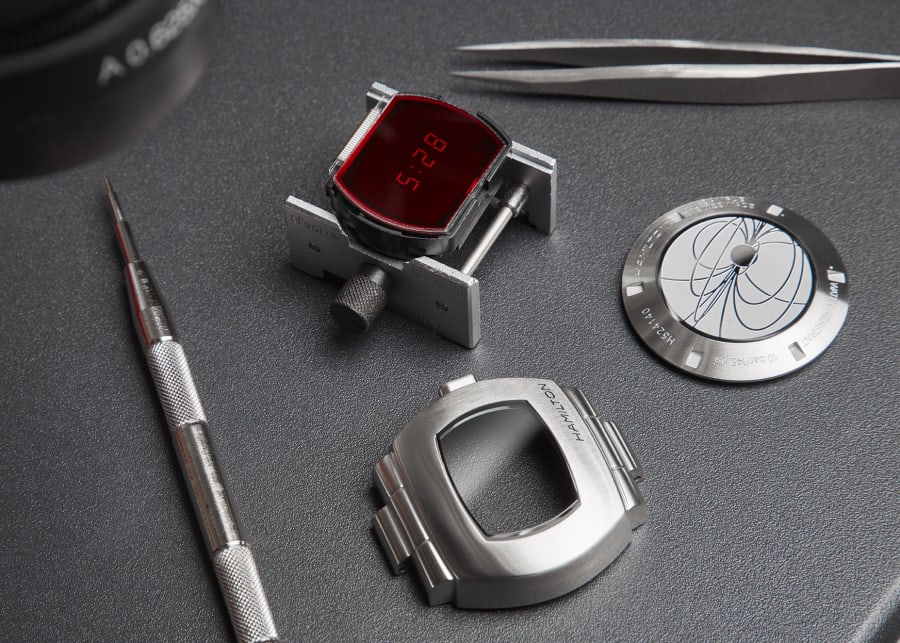
The gold-plated version H52424130 is available for purchase 1970 times for a fairly civilian price of 945 € – at least compared to the original – while the unlimited edition Re-Edition H52414130, made of stainless steel, costs only 695 €. For anyone who wants to go into more detail, there is a very nice special page at Hamilton.
By clicking “Accept All Cookies”, you agree to the storing of Strictly Necessary cookies on your device. To enhance site navigation, analyze site usage, and assist in our marketing efforts you can edit the preferences on this menu and accept the Analytics cookies.
Cookie Settings
Accept Cookies
Strictly Necessary. These cookies are necessary for the website to function and cannot be switched off in our systems. They are usually only set in response to actions made by you which amount to a request for services, such as setting your privacy preferences, logging in or filling in forms.
Analytics Cookies. These cookies allow us to count visits and traffic sources, so we can measure and improve the performance of our site. All information these cookies collect is aggregated and therefore anonymous. If you do not allow these cookies, we will not know when you have visited our site.

